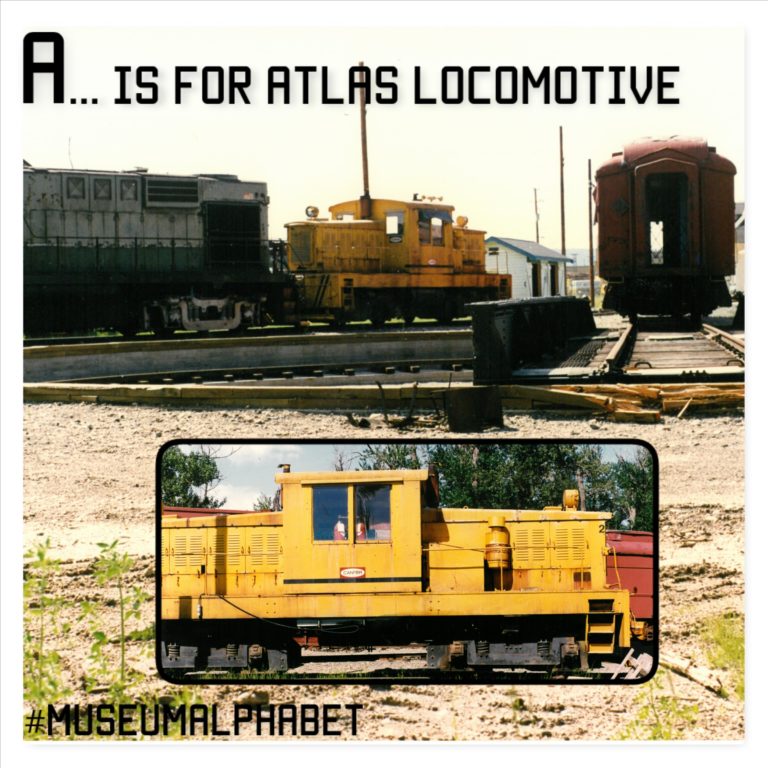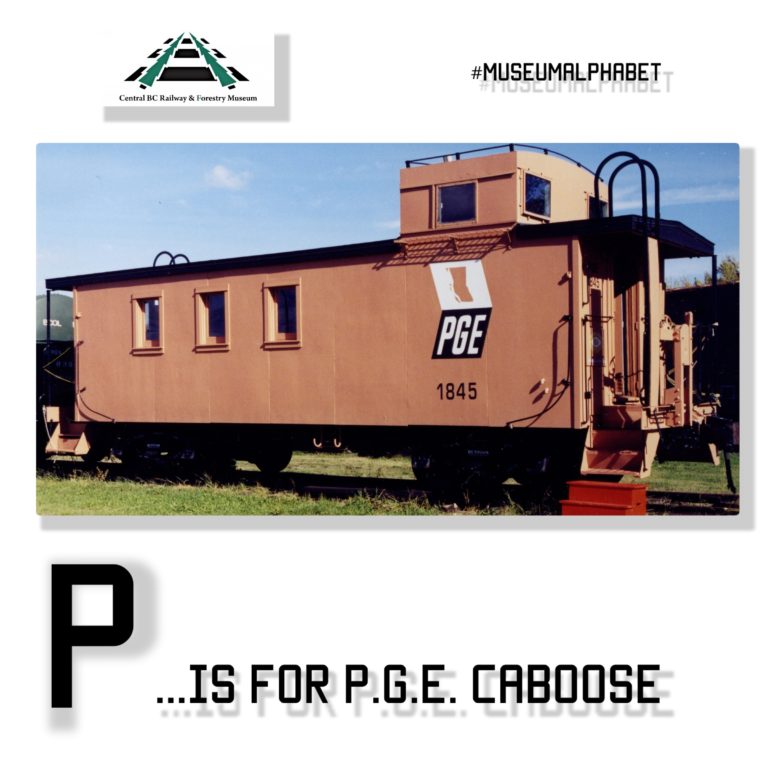
P is for P.G.E Caboose
What does P.G.E. stand for?
The Pacific Great Eastern of course! Although, these initials have also been jokingly said to stand for phrases such as Prince George Eventually and Provinces Greatest Expense.
The building of the P.G.E. began in 1912 with a mission to connect southern BC to the north. It arrived in Quesnel in 1918, but construction soon after ground to a halt in the face of building challenges and then one world war after another.
After a gap of 40 years had passed and much money spent, the P.G.E. finally arrived in Prince George in 1952.
We have several artifacts at Central BC Railway and Forestry Museum that were owned by the P.G.E.; however, many have been repainted in BC Rail colours. One piece that still bares the P.G.E. logo is our P.G.E. Caboose 1845. The caboose was built in 1913 as a boxcar for St. Louis & Shannon Francisco and was later converted to a caboose in 1956. The Caboose was bought by the Pacific Great Eastern in 1957.
Explore more items of our collection
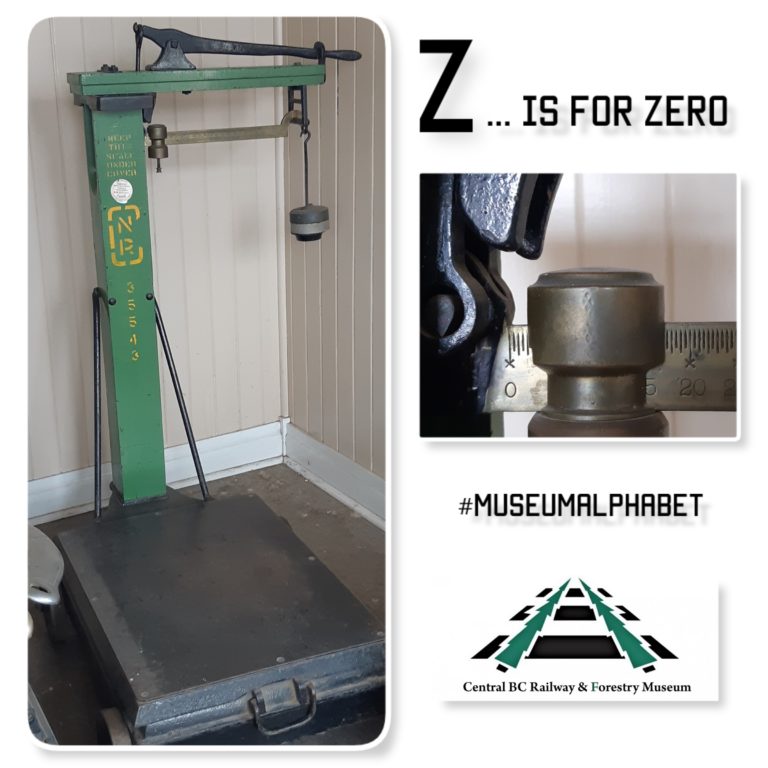
Z is for Zero Of course!
Read More >>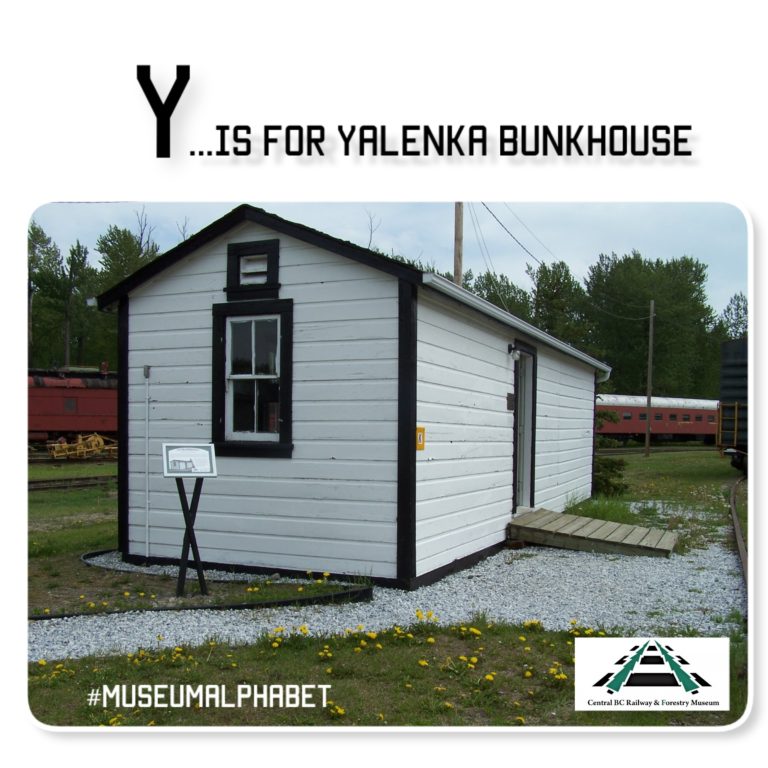
Y is for Yalenka Bunkhouse
Read More >>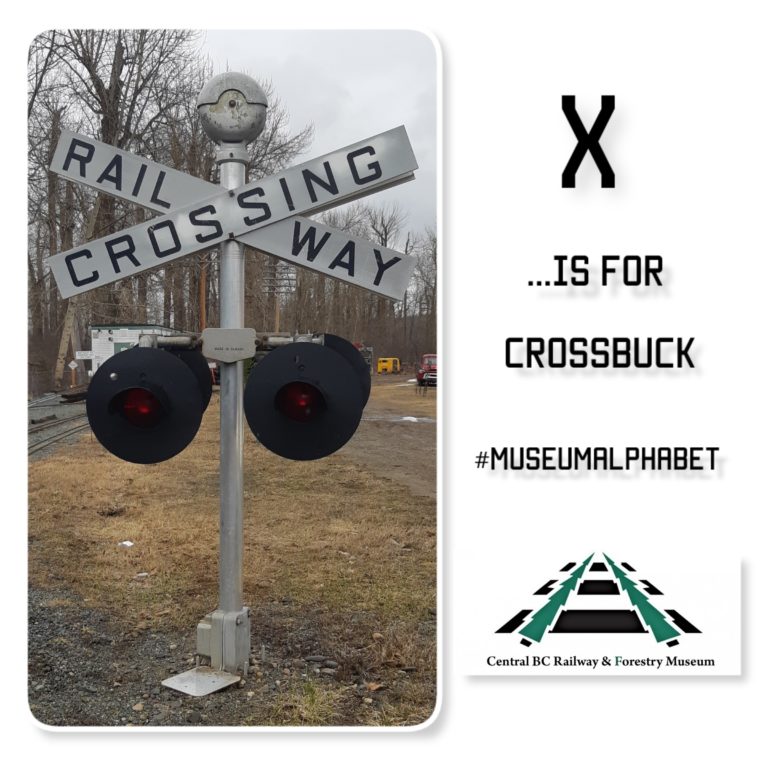
X is for Crossbuck
Read More >>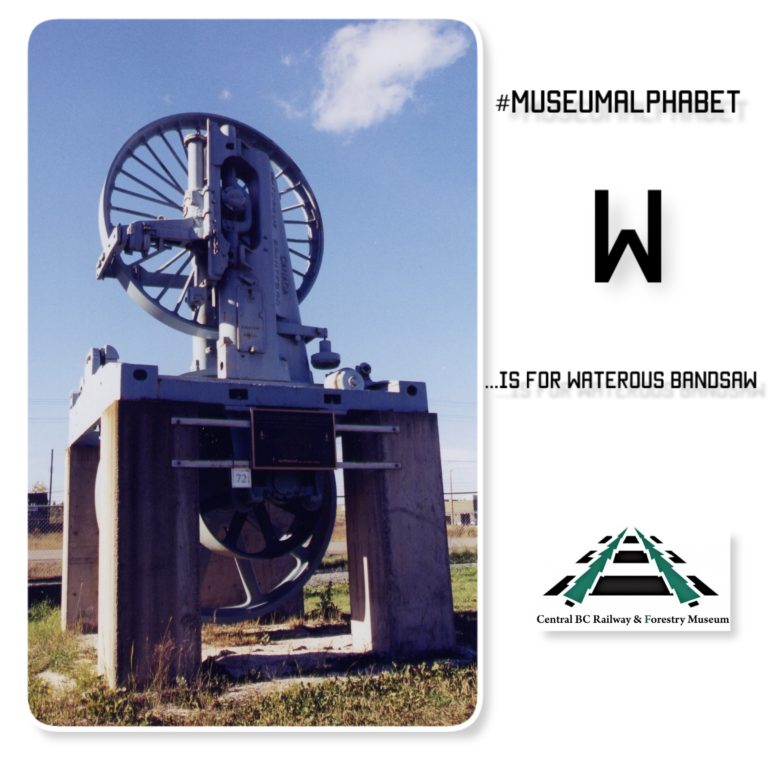
W is for Waterous Bandsaw
Read More >>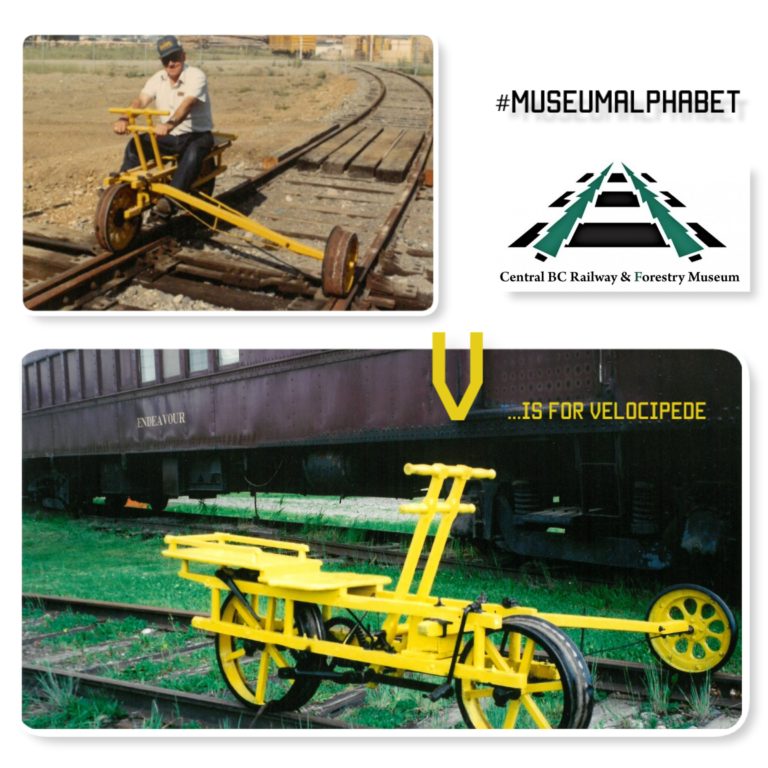
V is for Velocipede
Read More >>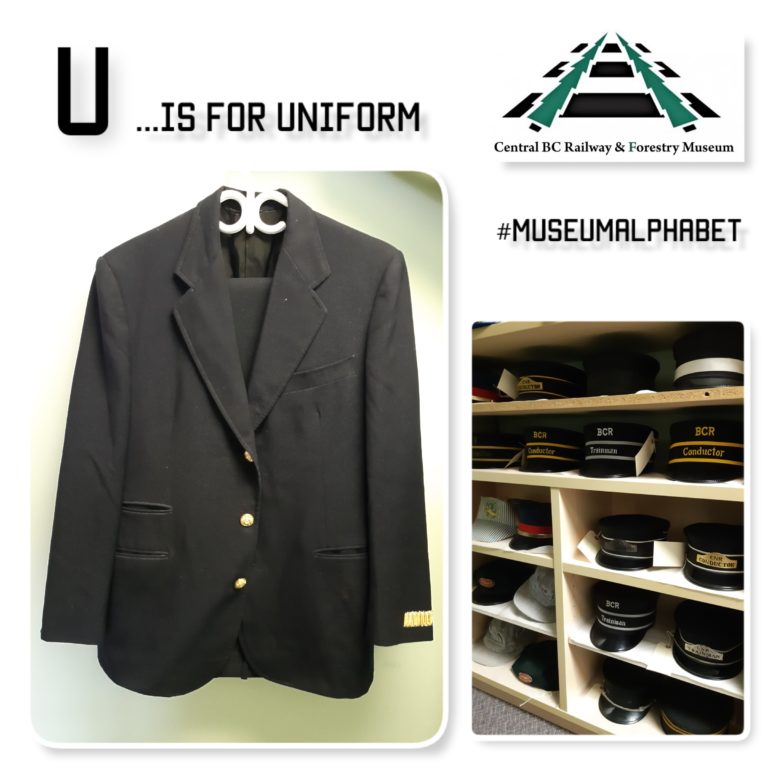
U is for Uniform
Read More >>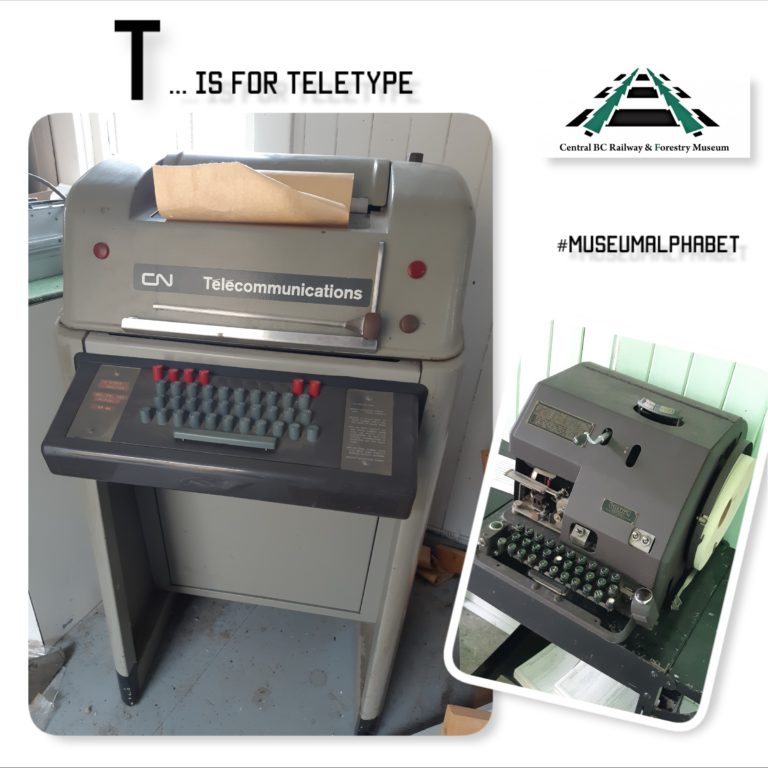
T is for Teletype
Read More >>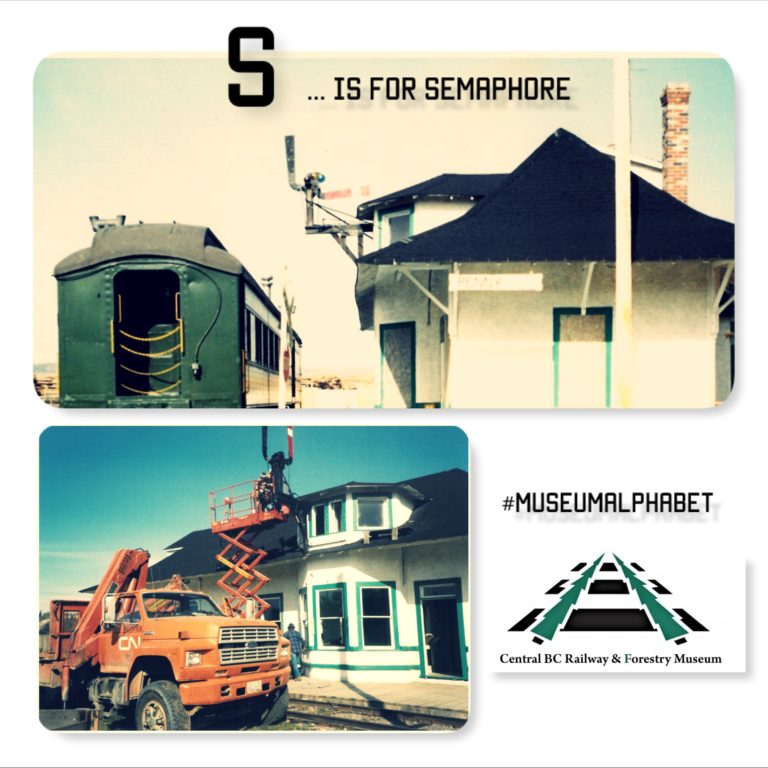
S is for Semaphore
Read More >>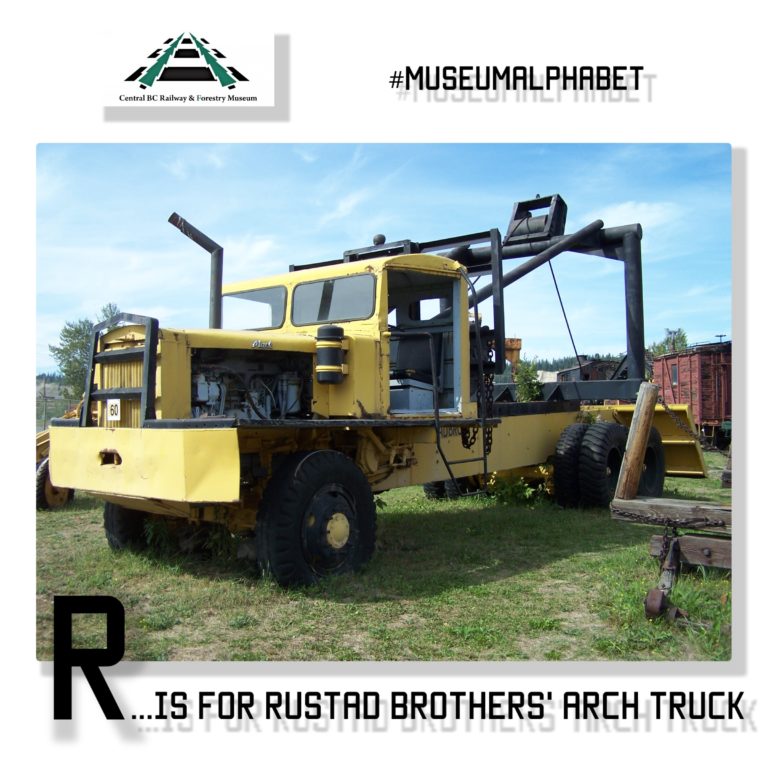
R is for Rustad Brothers' Arch Truck
Read More >>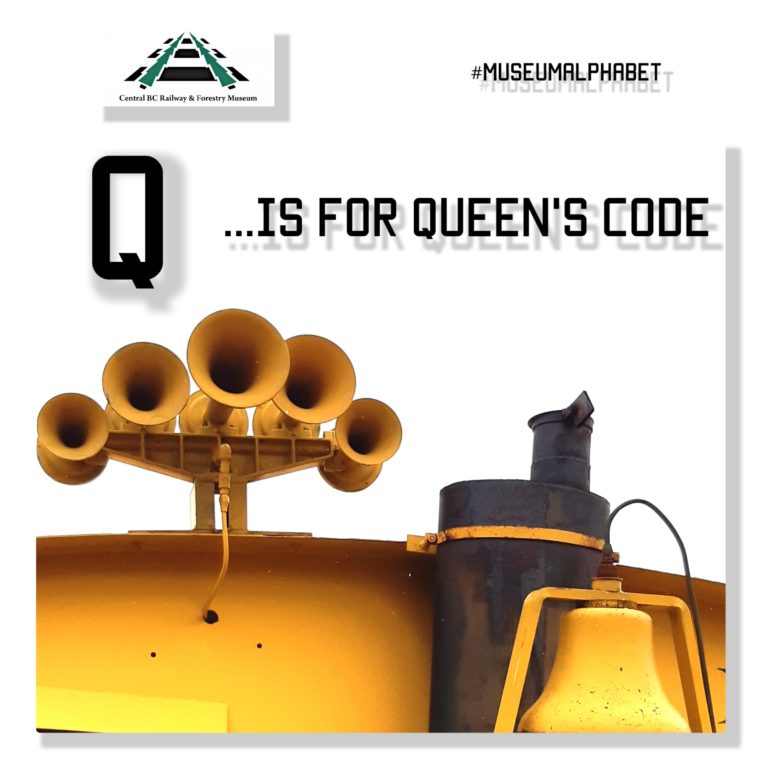
Q is for Queen's Code
Read More >>
P is for P.G.E Caboose
Read More >>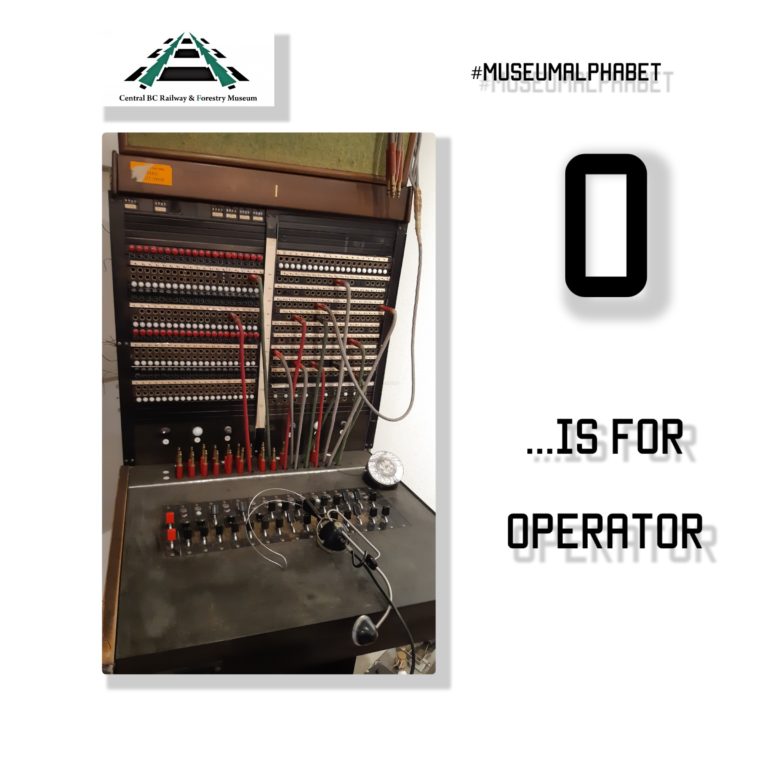
O is for Operator
Read More >>
N is for Northwood #101
Read More >>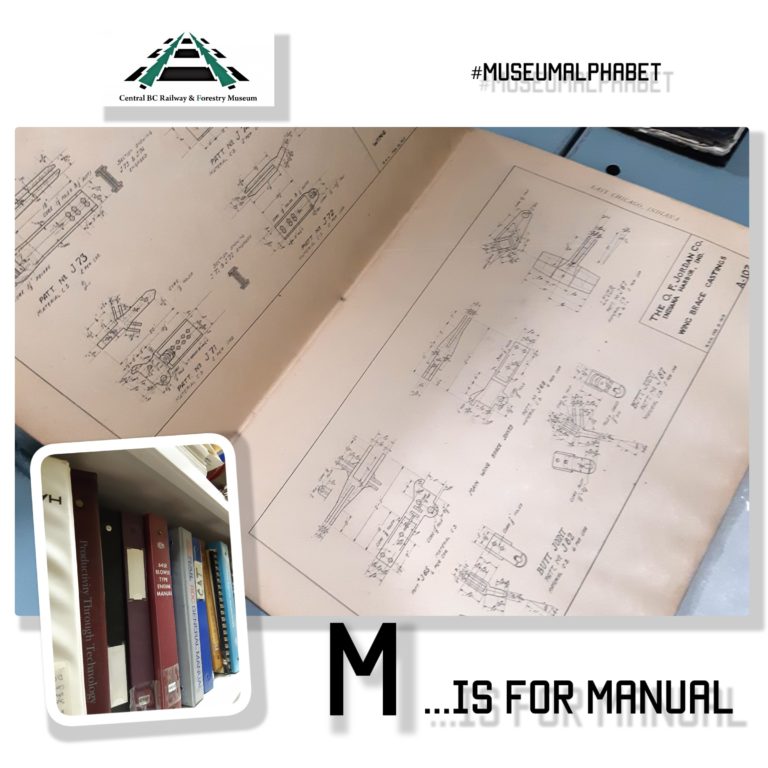
M is for Manual
Read More >>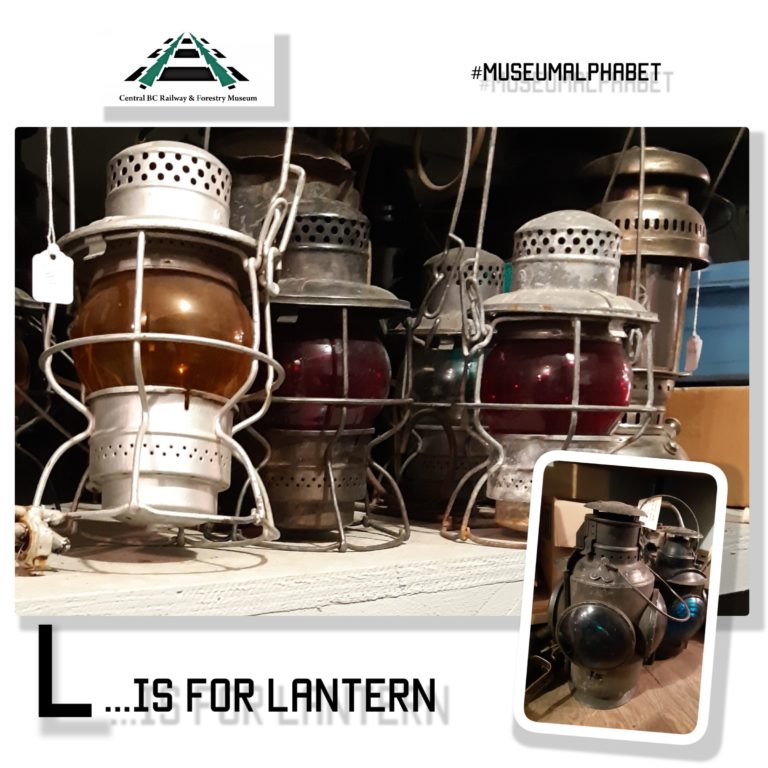
L is for Lantern
Read More >>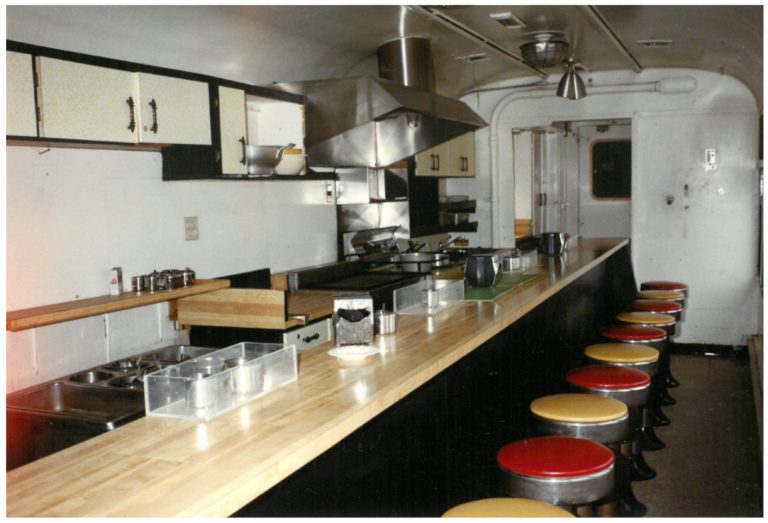
K is for Kitchen
Read More >>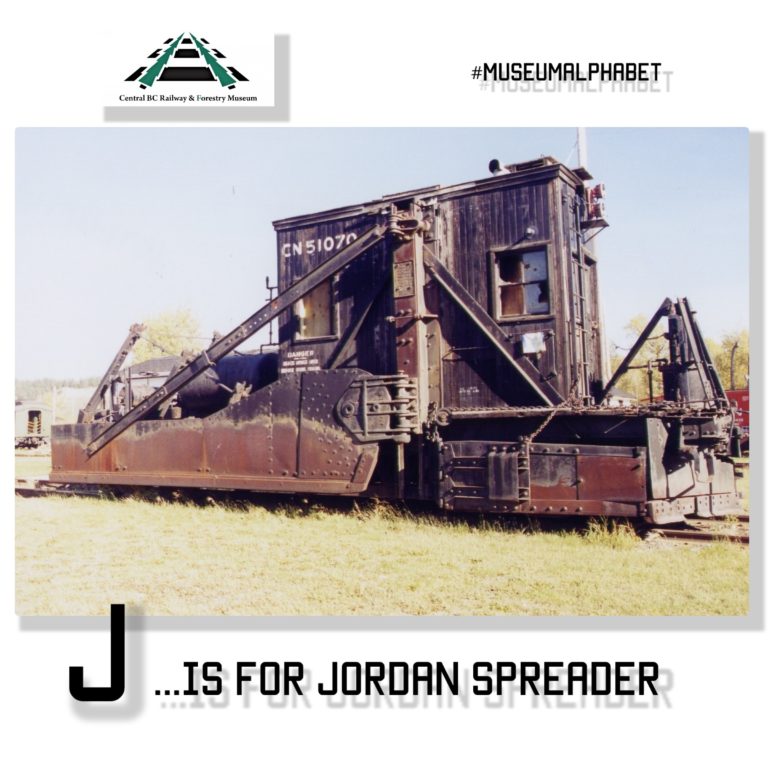
J is for Jordan Spreader
Read More >>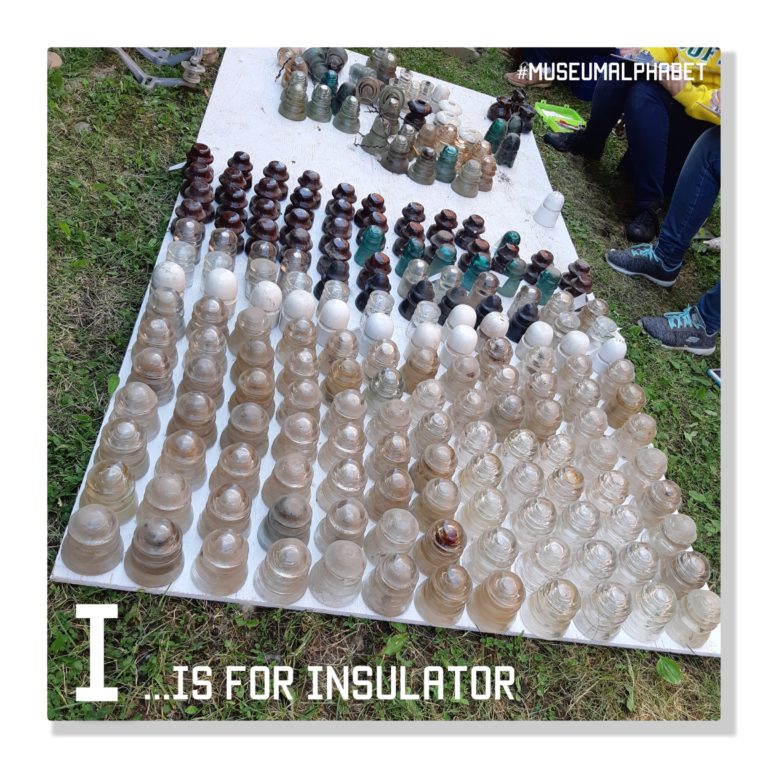
I is for Insulator
Read More >>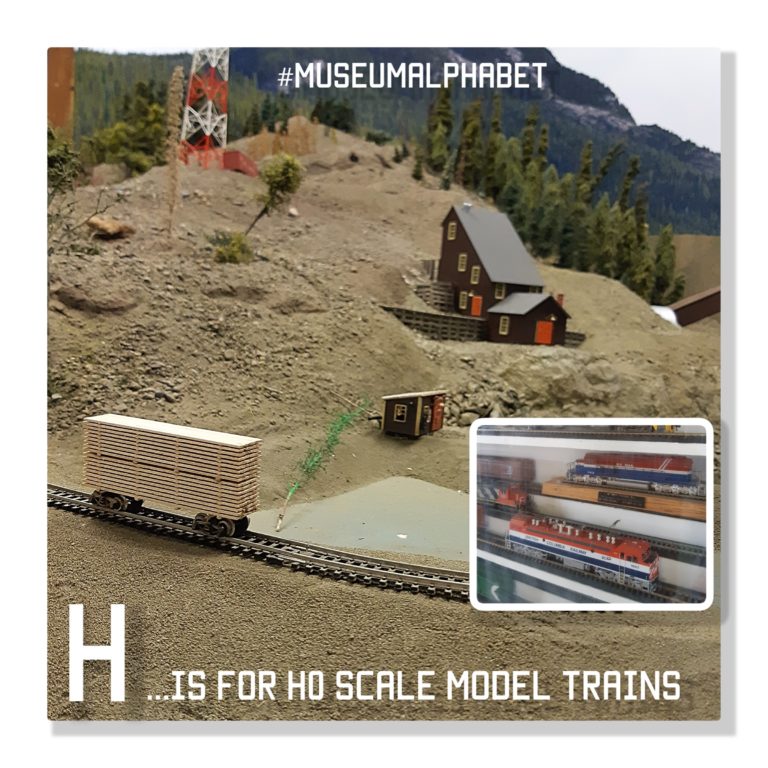
H is for H0 Scale Model Trains
Read More >>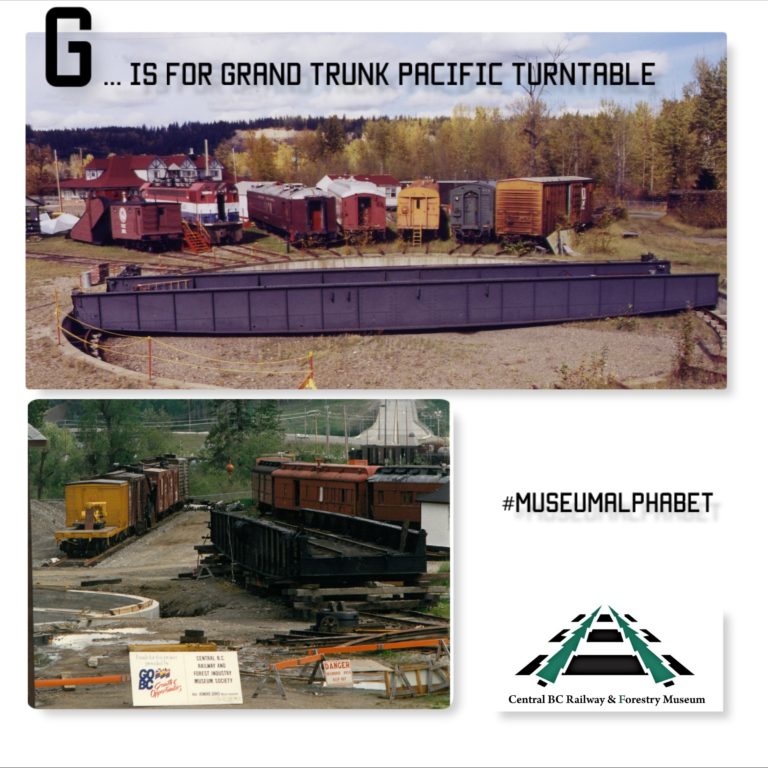
G is for Grand Trunk Pacific Turntable
Read More >>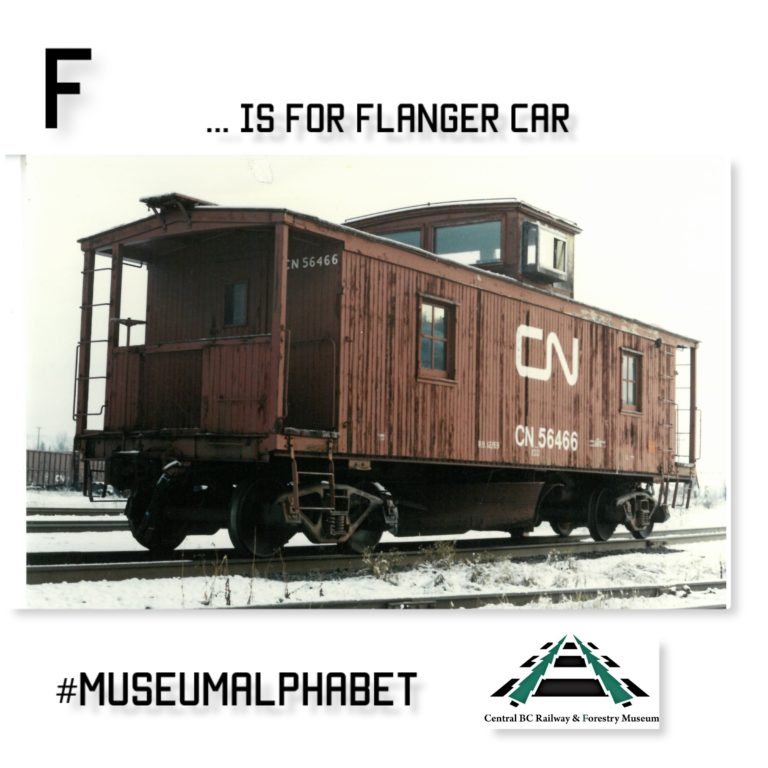
F is for Flanger Car
Read More >>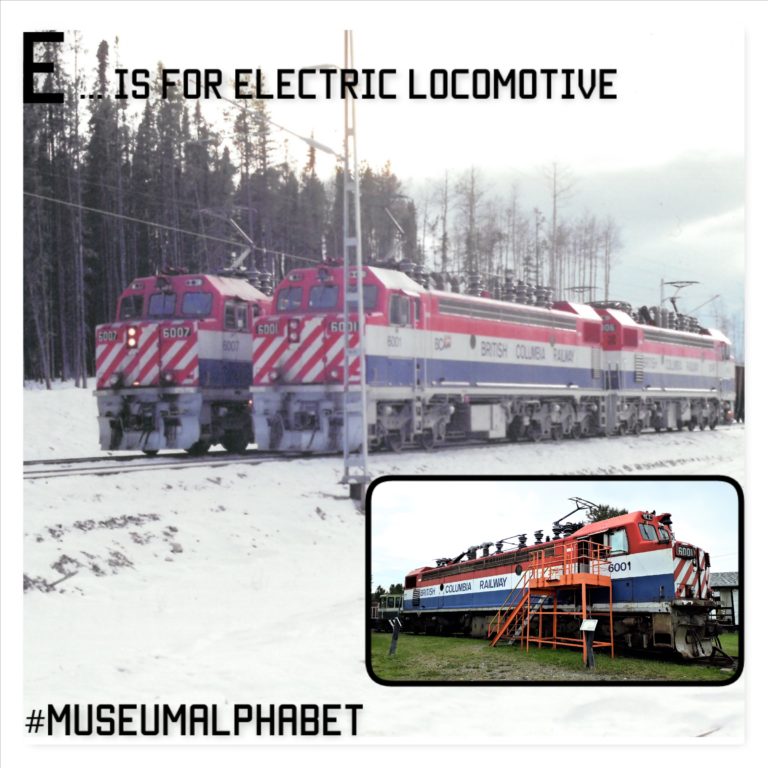
E is for Electric Locomotive
Read More >>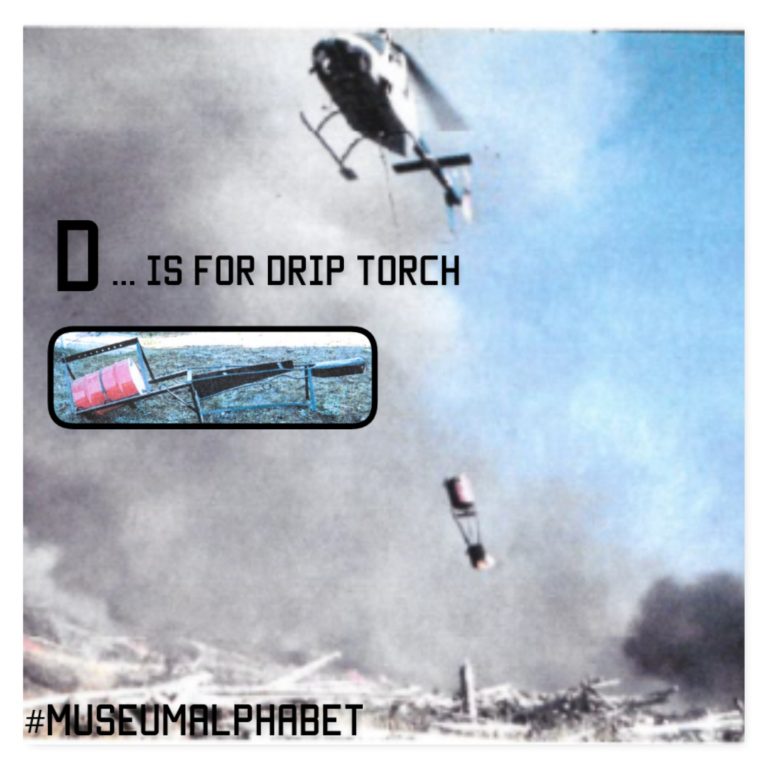
D is for Drip Torch
Read More >>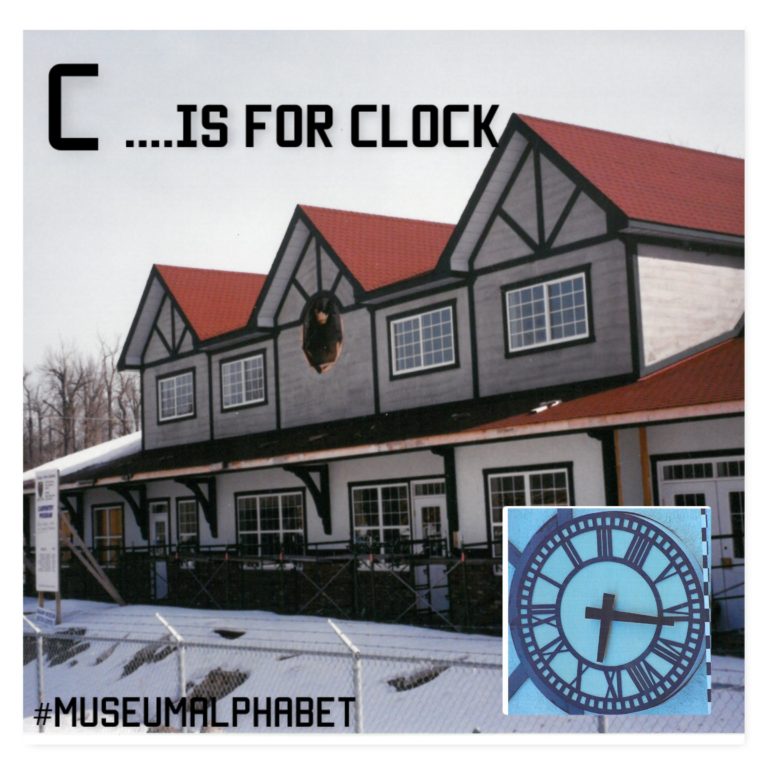
C is for Clock
Read More >>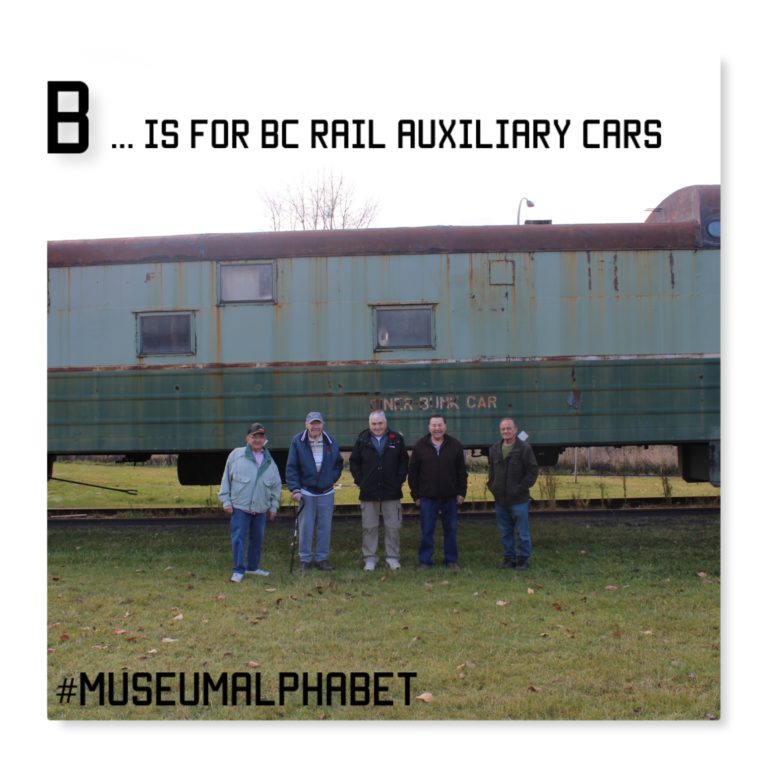
B is for BC Rail Auxiliary Cars
Read More >>